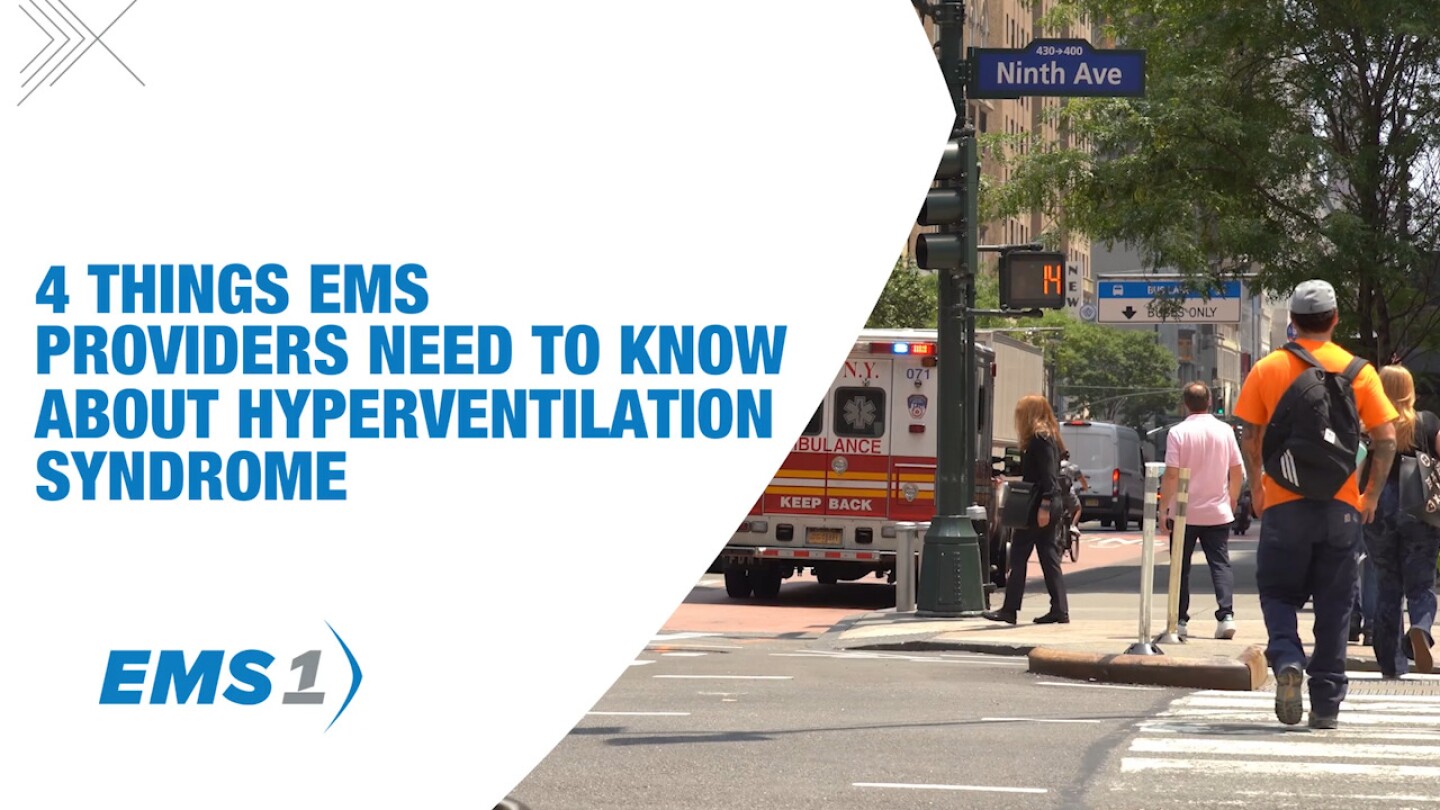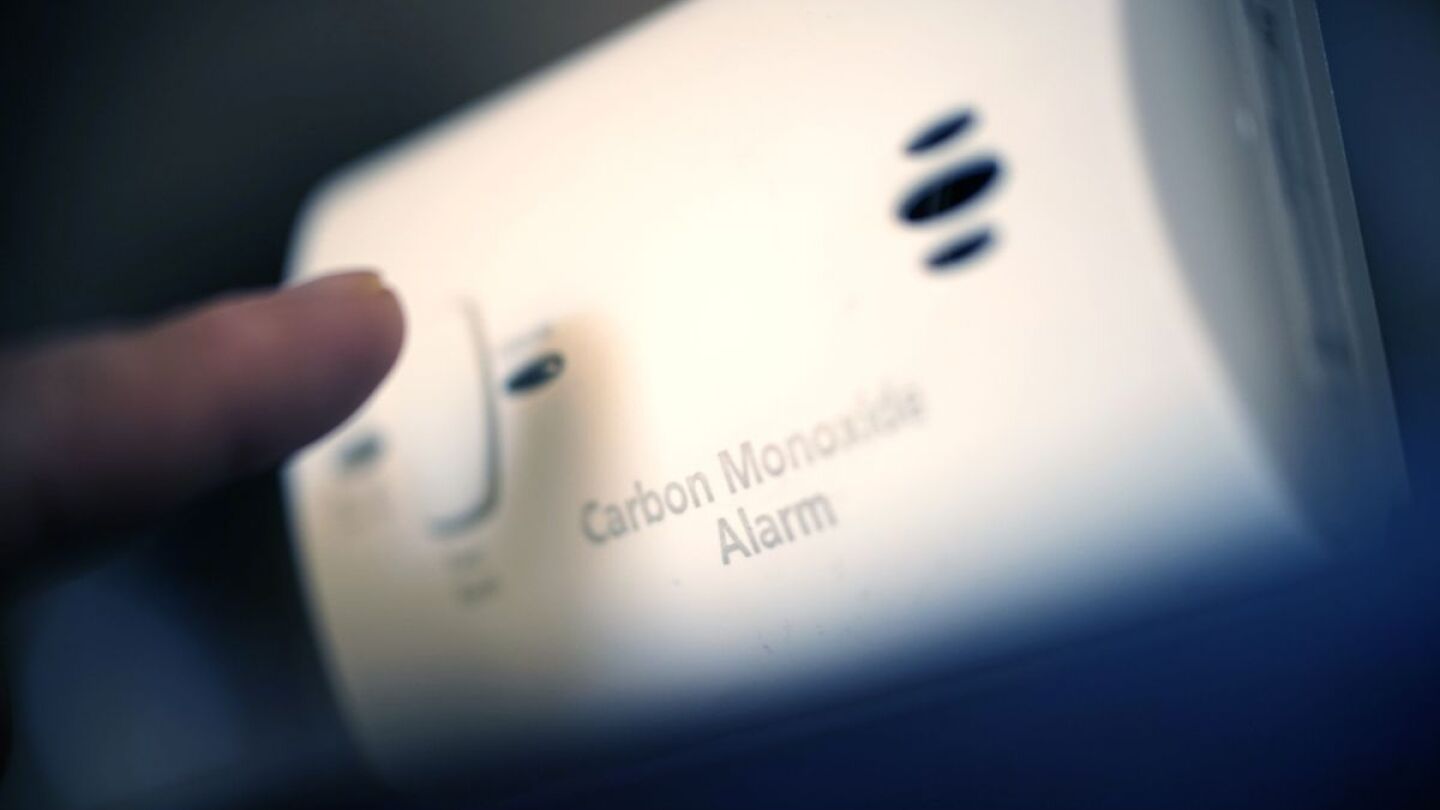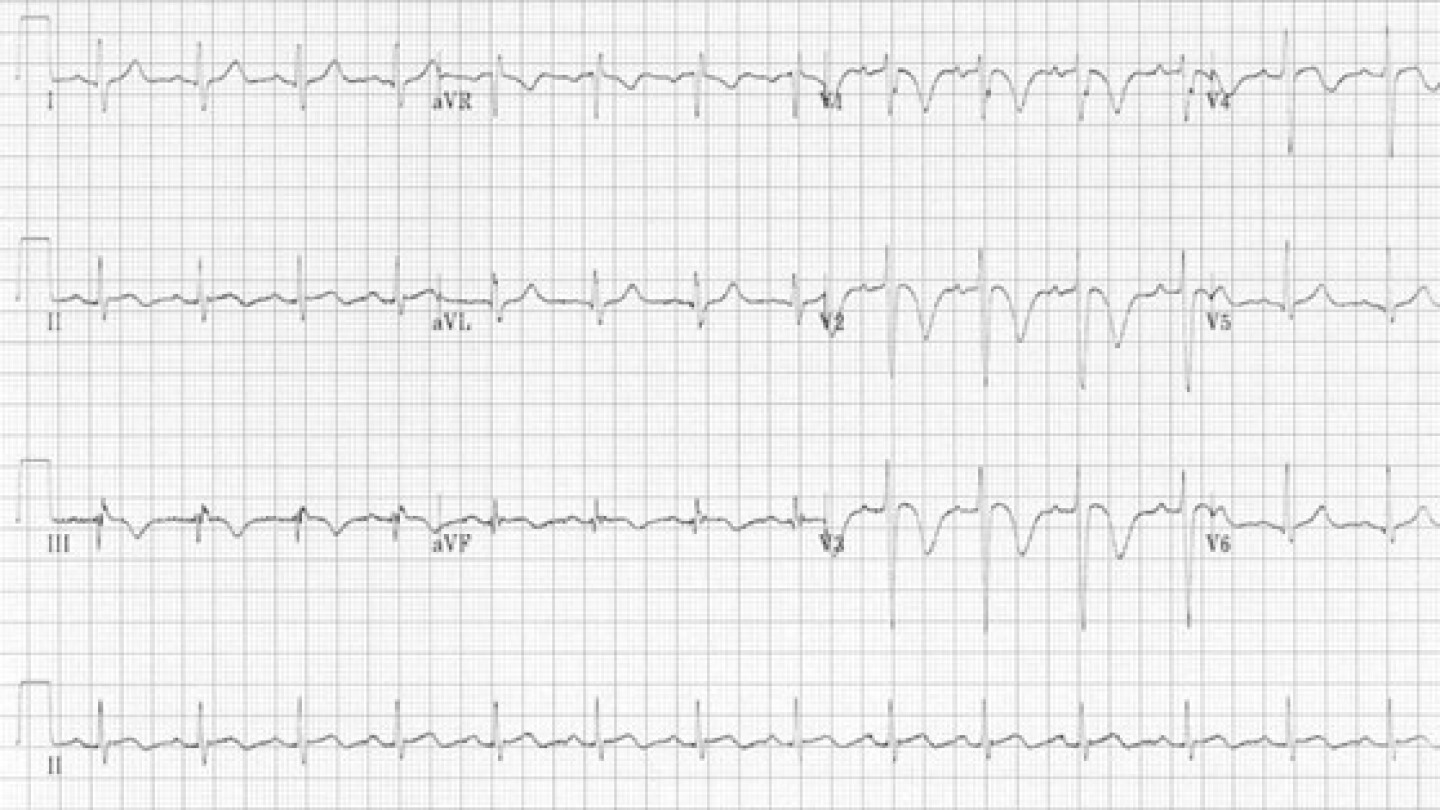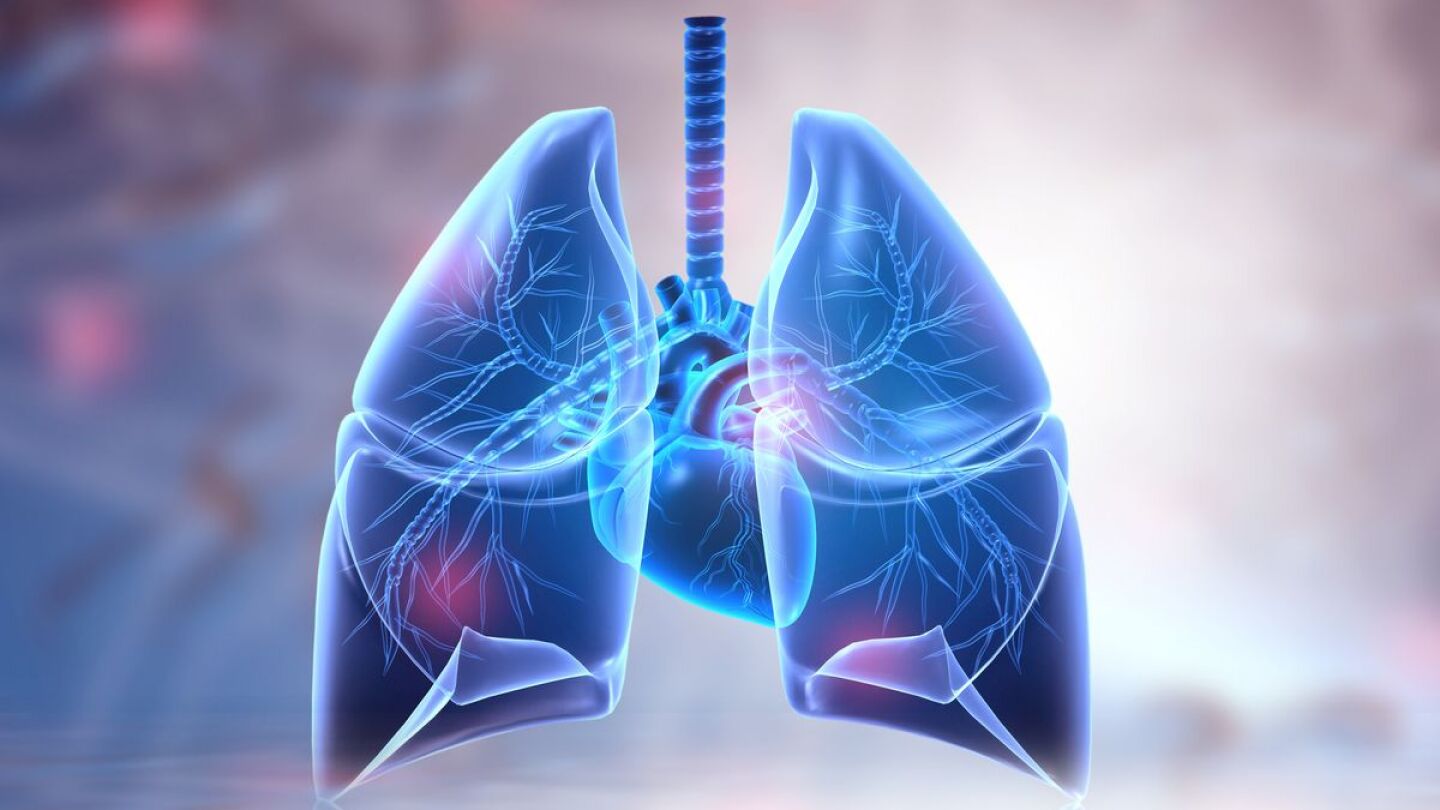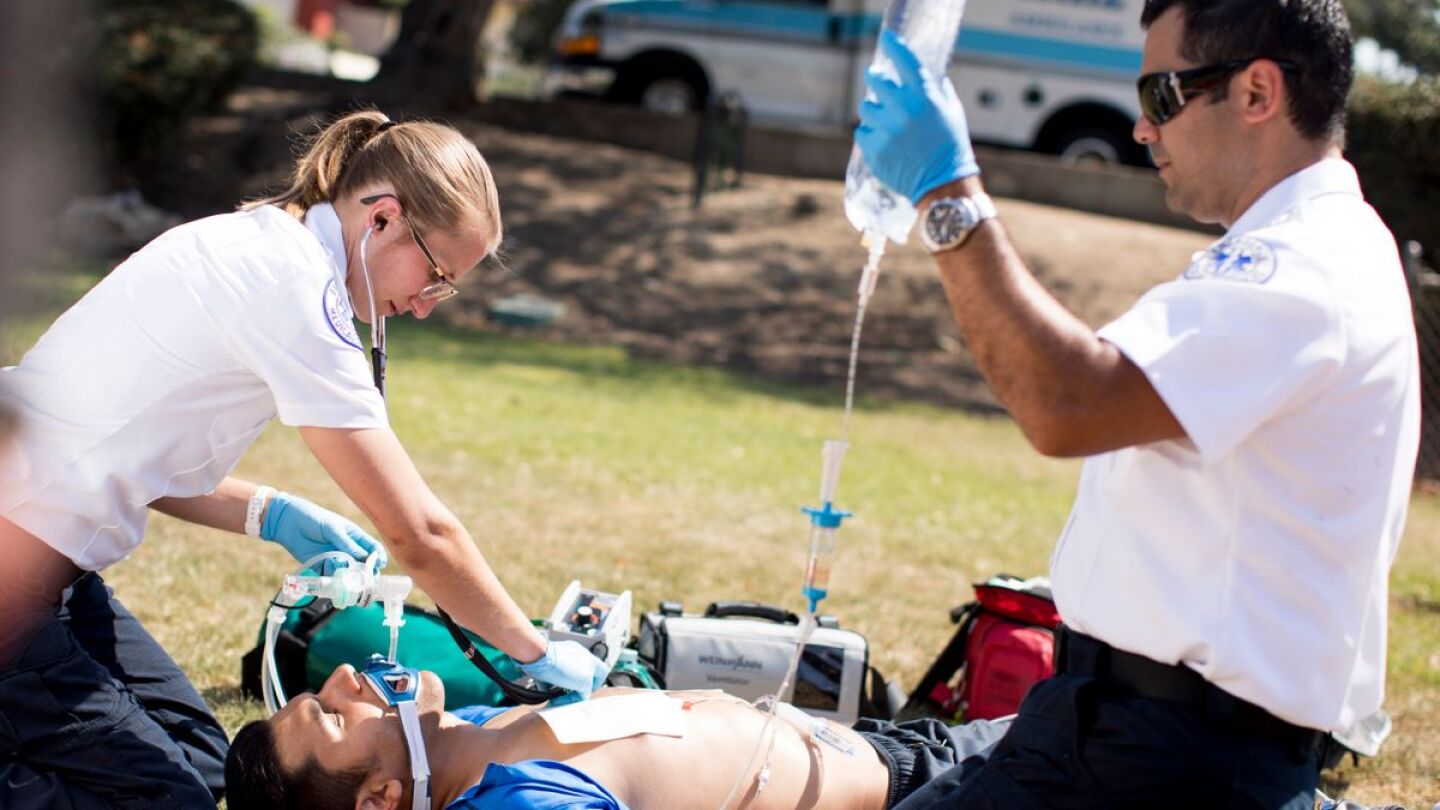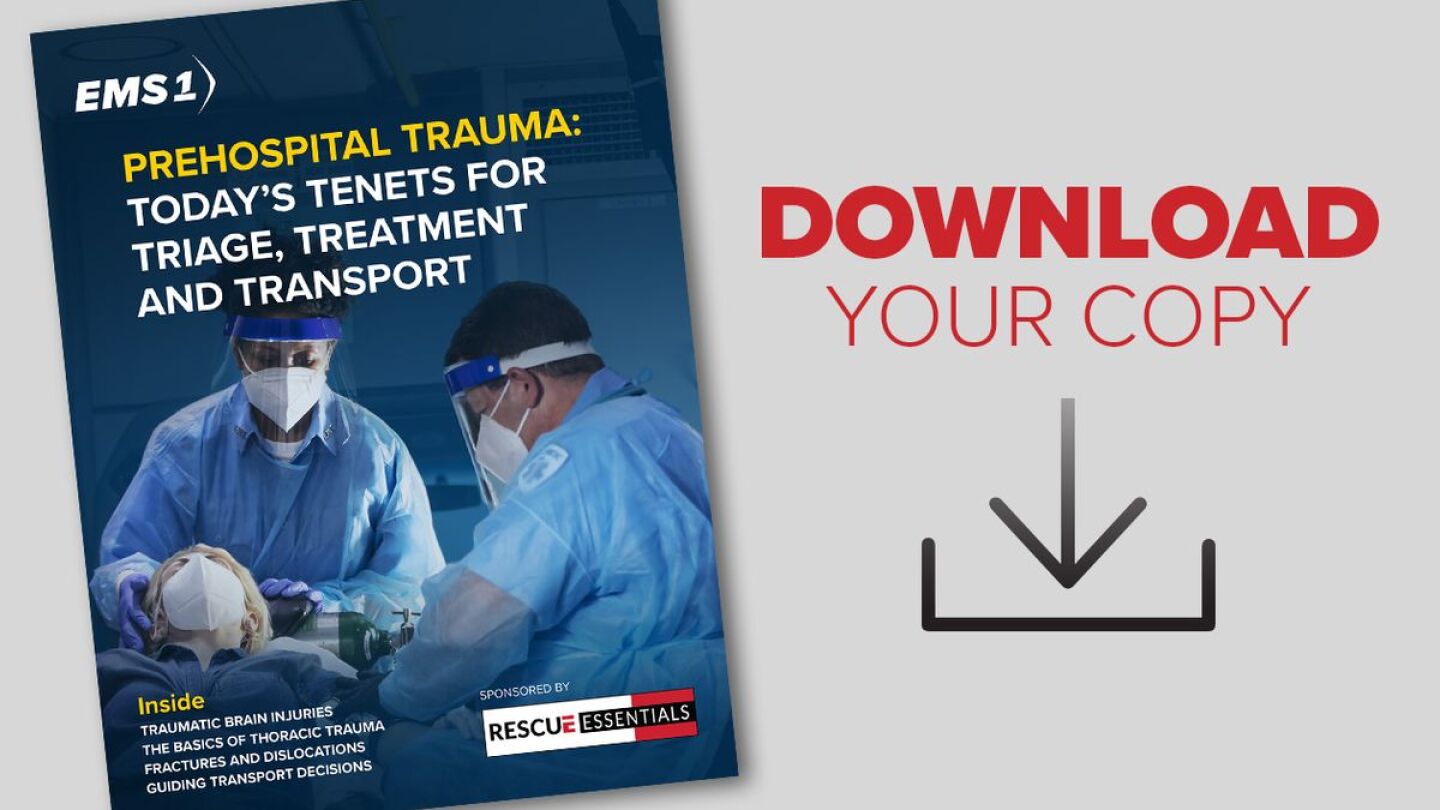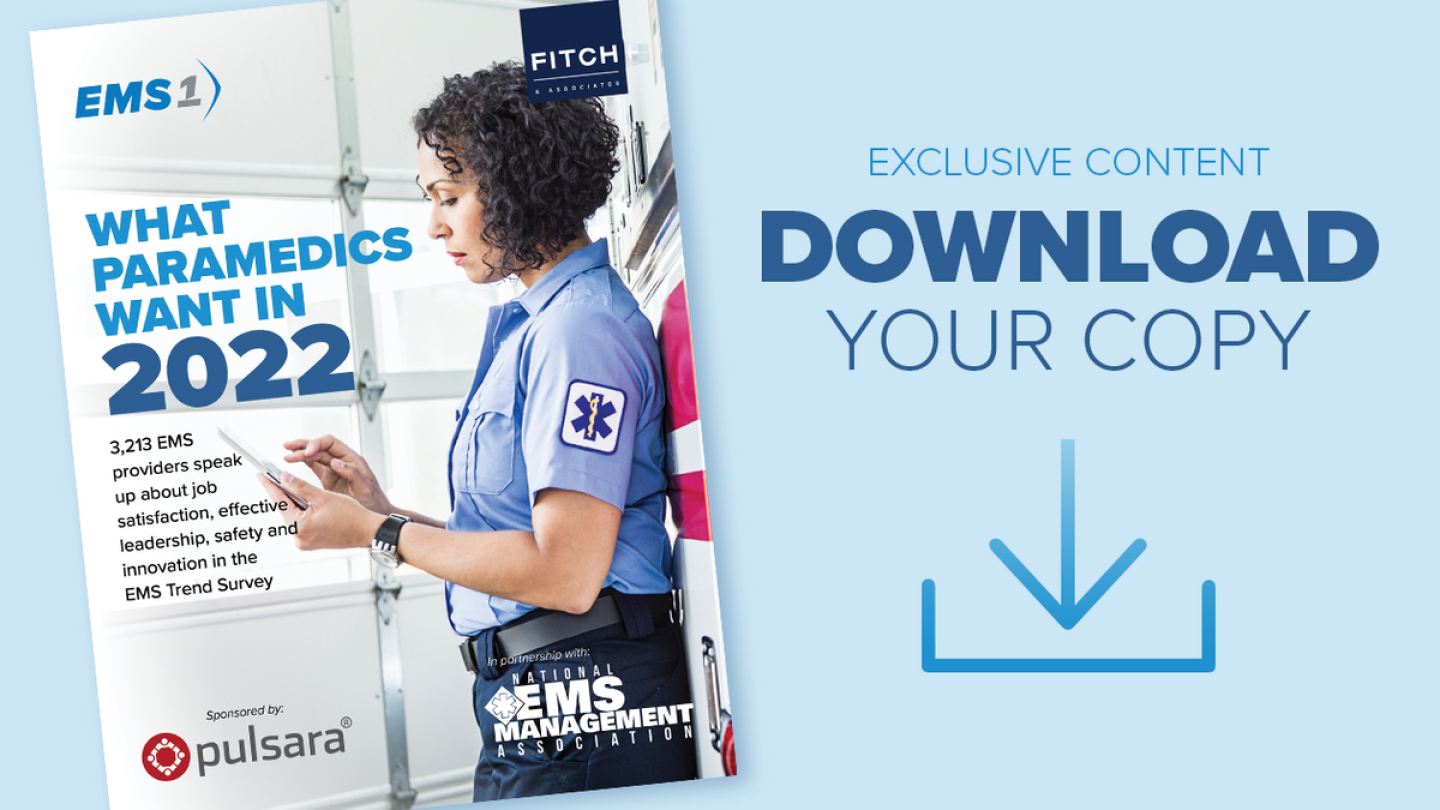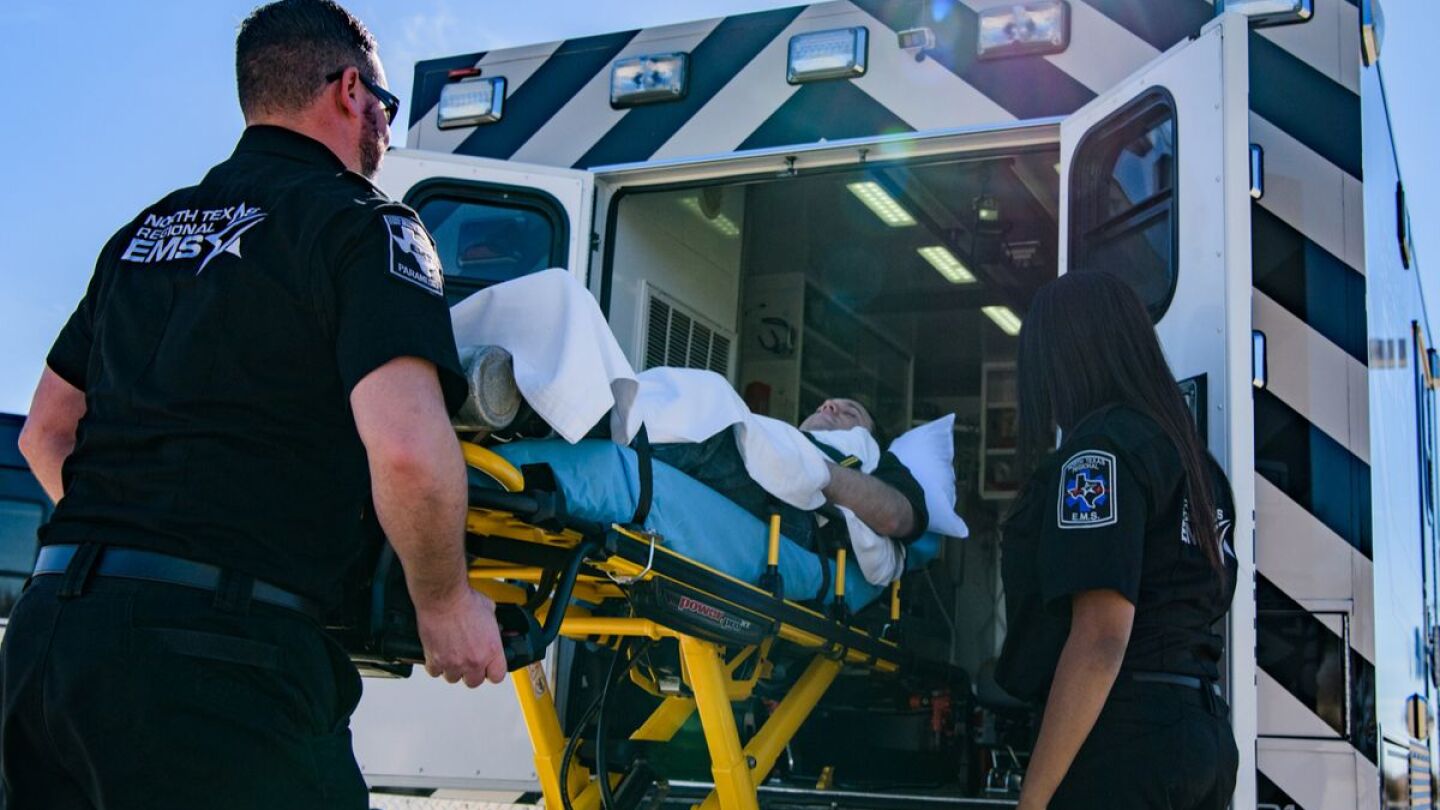Medical Monitoring
The Medical Monitoring topic contains news and information about medical monitoring, outlines the current trends and what the future may hold for EMS providers.
Hyperventilation syndrome, often triggered by anxiety, presents unique challenges in EMS care. Understanding its nuances is crucial for effective assessment and management.
Diabetic ketoacidosis calls are rising — are your skills ready for the spike?
The red flags and steps to take to make the scene safer for yourself, other responders and the patients
A jury found Aurora Fire Rescue paramedics Jeremy Cooper and Peter Cichuniec guilty of criminally negligent homicide for administering ketamine to McClain
Novel use of video laryngoscopy with recording capability to improve clinical oversight in EMS airway management
What the research says about calcium in out-of-hospital cardiac arrest
Wireless handheld ultrasound equipment brings diagnostic imaging to patients regardless of location
POCUS, ECG and assessment findings to look for to avoid the RV spiral of death
Put your rales, rhonchi and stridor expertise to the test
Montgomery County Hospital District shares their findings trialing carotid ultrasound during CPR to enhance cardiac arrest response
Waveform capnography provides a non-invasive, accurate assessment of a patient’s ventilatory status
Ventilators and monitors will be safely secured inside the 19 MEDIC EMS ambulances
Judges affirmed that in the case against the Southfield EMTs in the death of Timesha Beauchamp, the estate failed to prove a constitutional violation
Synchronized and unsynchronized electrical cardioversions are safe and effective in the prehospital environment
Studies show that mechanical ventilation is superior to bag-valve-mask ventilation, especially in terms of patient safety
Head-to-toe guidance for improving trauma outcomes
Examining cardiac care in the absence of STEMI following ROSC
As an employer, the pressure is on to captivate the workforce and stand out in a competitive job market
Your main role on a fire scene is to keep firefighters safe, which may include telling them they aren’t safe to return to duty
Montgomery County Hospital District shares 3 years of results of a hyperkalemia treatment protocol
Always keep the patient’s context in mind in any situation when you’re utilizing waveform capnography
Learn how innovations are being made in treating respiratory emergencies
Even interfacility transports provide an opportunity to improve your clinical acumen and advancement opportunities
City council members will vote on a 2-year ban on all chemical sedatives used to restrain patients as well as any new sedatives for medical purposes
Protect patients from over-ventilation and pulmonary injury with a bag-valve-mask that helps regulate rate and volume
3,213 EMS providers speak up about job satisfaction, effective leadership, safety and innovation in the EMS Trend Survey
TBI risk factors, managing patient refusals and oxygenation tips for treating head injuries
In this episode, our co-hosts are joined by Eko Health Chief Medical Officer Dr. Adam Saltman who discusses best practices for using a stethoscope
The decision to treat on scene or transport should depend on the training and abilities of the responders, not on the equipment at hand
The position statements summarize recommendations for training, quality management, pediatric considerations and more
Drs. Antevy, Piehl, Spiro, Scheppke, Bernstein and Kupas discuss ketamine and other sedatives, and how to minimize risk when administering

